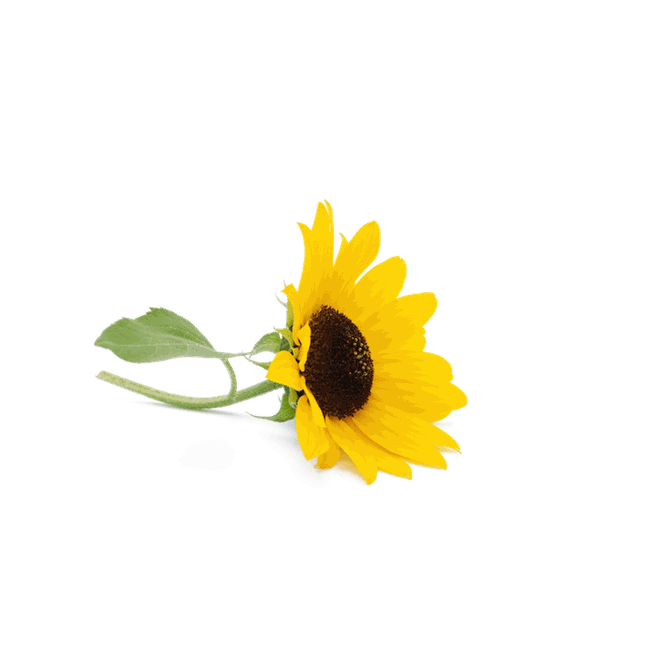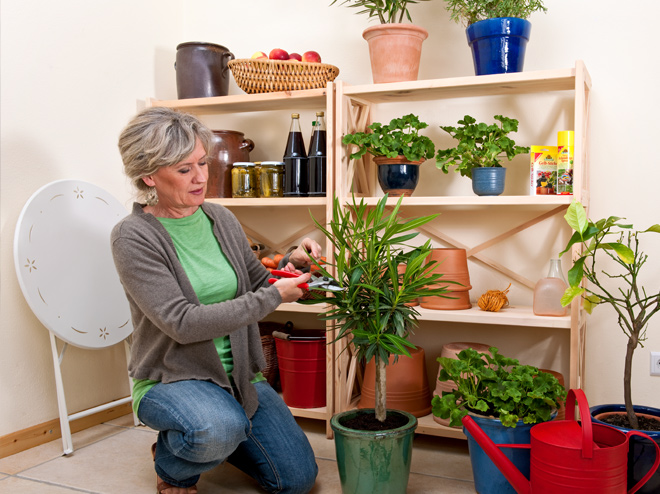Overwintering plants
Most overwintering plants come from the Mediterranean. Bougainvillea, Lantana, oleanders olive and citrus plants typically represent this region. In winter, they love to be in a bright, airy and cool place similar to their homeland. Suitable spots can often be found on bright staircases, cellar rooms or also in a cool winter garden.
Basically, the warmer the location, the lighter it must be. Plants lose their leaves in darkness. But these grow back again in the spring.
What you should consider before storing plants
1. Do not water them for a few days before bringing them indoors. This prevents root rot and makes transporting the tubs easier.
2. Do not fertilise for a number of weeks before bringing inside for the winter.
3. The plants should not be touching in their winter quarters. This prevents fungal diseases from spreading.
4. Cut the plants back as necessary. This especially applies to very large plants such as oleander, bougainvillea or (in moderation) olive trees.
5. Thoroughly inspect plants for pest infestation. Pay particular attention to the underside of leaves as pests like to hide there.
Tips for winter quarters
1. Remove wilted leaves.
2. Air regularly.
3. Continue to check for pests. If necessary, treat with BugFree Bug and Larvae Killer+ RTU.
4. Only water sparingly so that the substrate does not completely dry out. Plants tolerate drought better than too much moisture in winter quarters.
After overwintering
1. Repot and cut back in March and start fertilising again.
2. Get them accustomed to the fresh air: Place them in a sheltered site outdoors during the day when there’s no danger of frost. Keep them in the shade at first to prevent the risk of sunburn.
3. All pot plants can be permanently placed outside on the balcony from mid-May.




